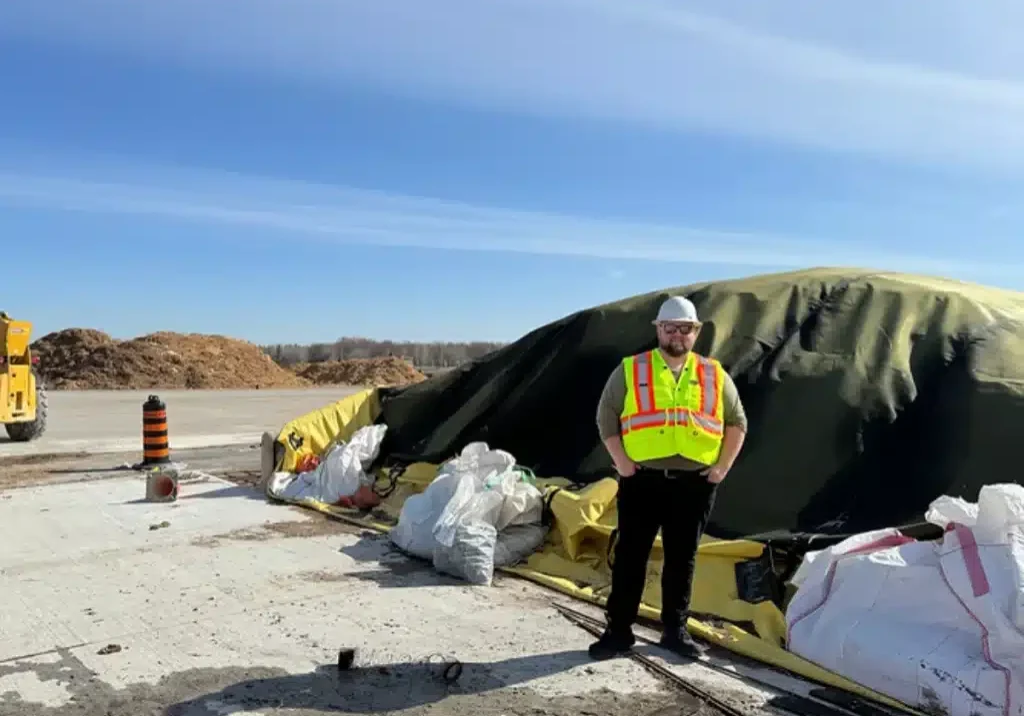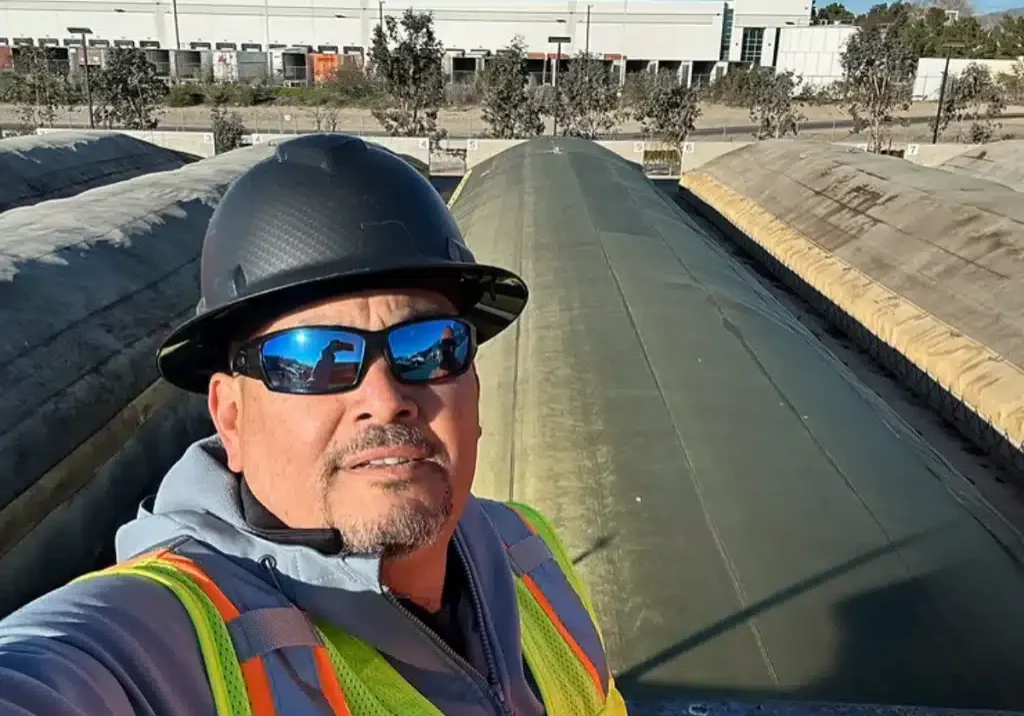
Prince George’s County, Maryland, USA – Put the SG MOBILE® System to the test, then expanded to an SG BUNKER® System
In 2013, Prince George’s County was in need of a composting solution that was capable of composting food waste as well as green waste.
PROJECT DETAILS
Ownership: Maryland Environmental Service
Location: Upper Marlboro, MD
Start-Up: 2013 / Full Scale Expansion 2018
Product: SG MOBILE® System & SG BUNKER® System
Input quantity: 12,000 TPY / 57,000 TPY
No. of Heaps: 8 Heaps, 6 covered, 82 ft. x 26 ft. x 12 ft. each + 12 Bunkers
Treatment Time: 8 weeks in 3 phases
Aeration: Above Ground
Control Parameters: Oxygen Control Mode
Input material: Source Separated Organics / Yard Waste
Equipment: Pre-Treatment (Grinders) / Front-end-loaders / Mobile Screen
End Product: High Quality Finished Compost: LeafGro Gold®
THE SG SOLUTION
Pilot Scale Demonstration Project
Prince George’s County implemented an SG MOBILE® System with GORE® Covers (covered aerated static pile) Pilot-Scale Demonstration Project in 2013 as a way to test the following:
- Green Waste Composting
- Food Waste Composting
Of significant importance to the Pilot-Scale Demonstration Project was that the 8-week SG MOBILE® System process outperformed the existing 8-month windrow turning process for quality, time to manufacture, and performance.
In addition, the demonstration validated Prince George’s County’s ability to compost food waste at mix levels up to 50%, resulting in a quality product manufactured within quality specifications with positive results for odor control. Finally, the demonstration project validated positive results for operational modeling and ability.
PROJECT GALLERY
SG MOBILE® System & SG BUNKER® System at Prince George’s County Compost Facility
- SG BUNKER® System
RESULTS DELIVERED
A Solution That Scales At The Right Pace
Before the demonstration project, Prince George’s County was composting only green waste, not food waste.
Year 2 – Post Pilot-Scale Demonstration Project – Prince George’s County continued to utilize the SG MOBILE® System with GORE® Covers for one year in a batch processing operating model to meet the demand of the food waste haulers who had come to rely on the facility as a necessary food waste recycling facility and destination point for their food waste materials.
Year 3 – Prince George’s County expanded the operation, adding one more SG MOBILE® Unit and Phase III heap, so they could transition the operation to a continuous manufacturing model.
Year 4 – Prince George’s County expanded the operation by adding four more SG MOBILE® Units to meet the continuing demand for food waste disposal, making the operation a 12,000 TPY facility configured with SG MOBILE® units.
Today, full scale, with the addition of the 12 SG BUNKER® Systems with GORE® Covers, the facility, with in-ground trenching for leachate capture and re-use to help protect the Chesapeake Bay ecosystem, is a 57,000 TPY full-scale organics composting facility.
Contact Us
Our Blog
Projects, Technology, and News
Explore our blog to discover more about our projects, technology advancements, and exciting news.
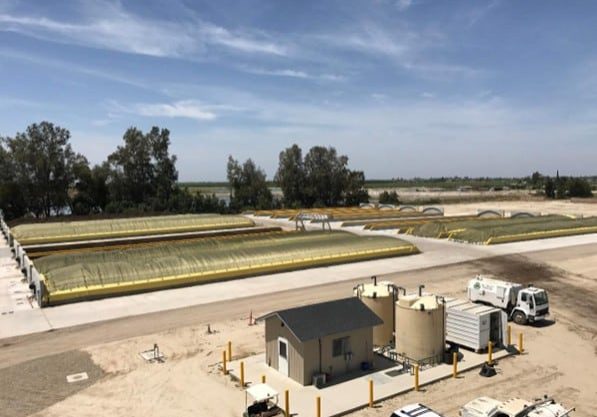
Making Waves, the Membrane Covered ASP Composting Tsunami
ASP composting relies on forced aeration to maintain aerobic conditions and optimize biological activity.
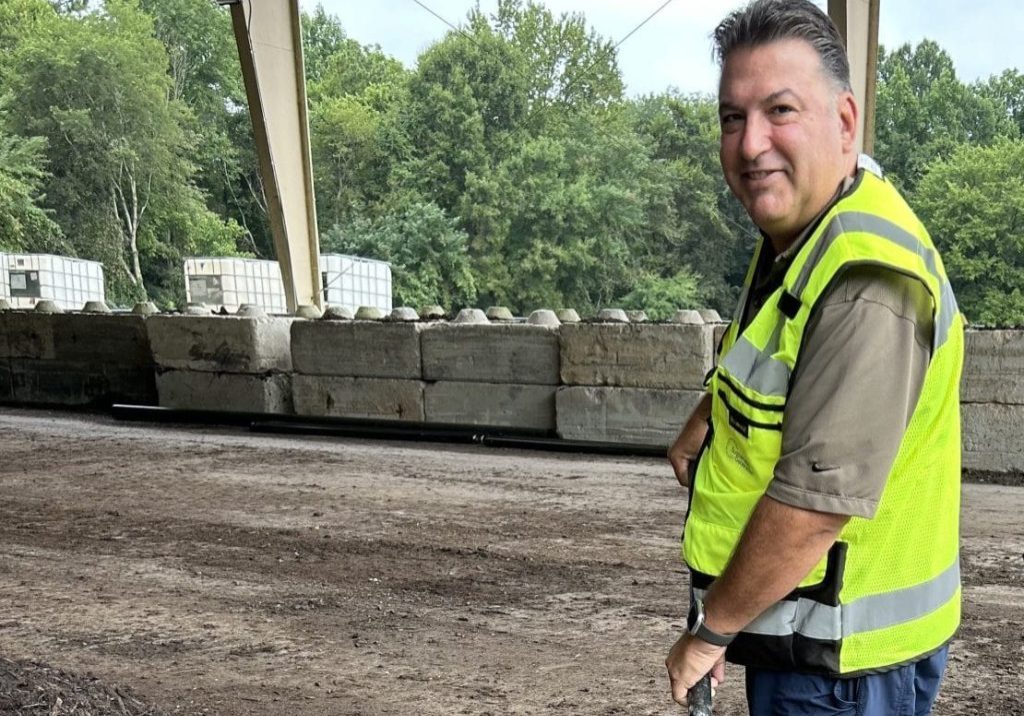
INTERVIEW WITH A BIOSOLIDS EXPERT
Biosolids expert Dan Collins, P.E., shares insights on safe, efficient composting.
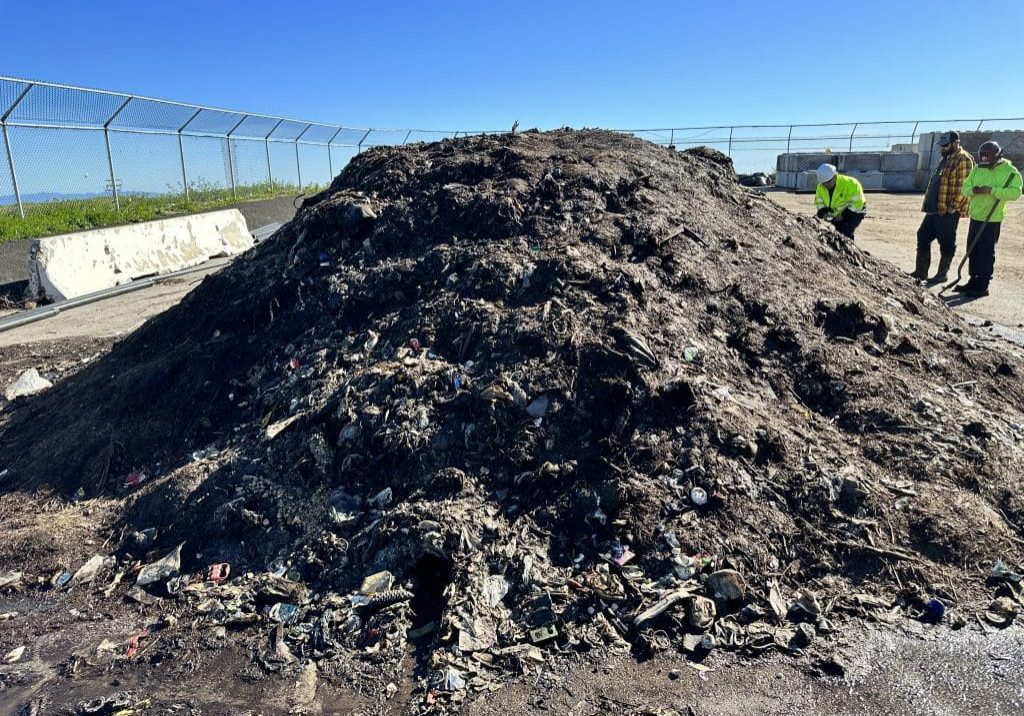
Summary of Performance GORE® Cover and Negative ASP
GORE® Cover was evaluated to quantify the performance versus an existing negatively aerated static
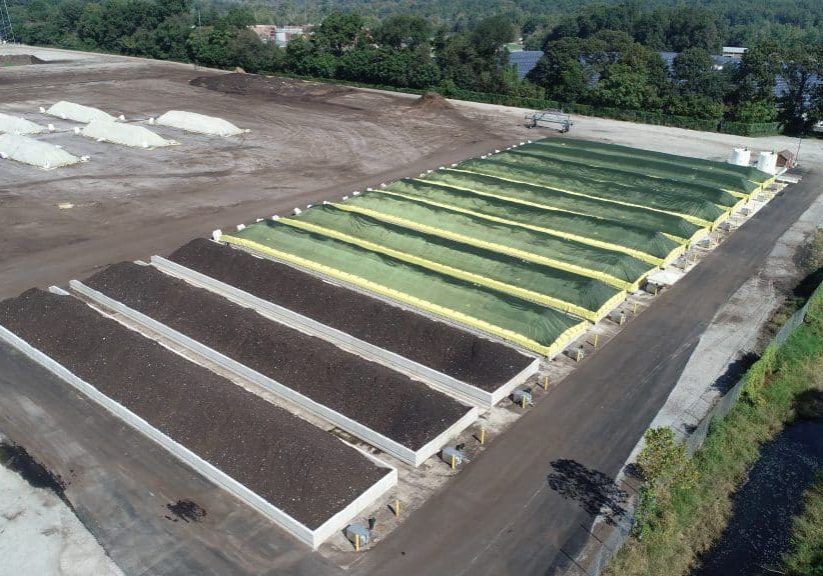
Composting Facility Delivers Significant Environmental Protection
The East Coast’s largest food waste composting site processes 57,000 tons of organics annually.
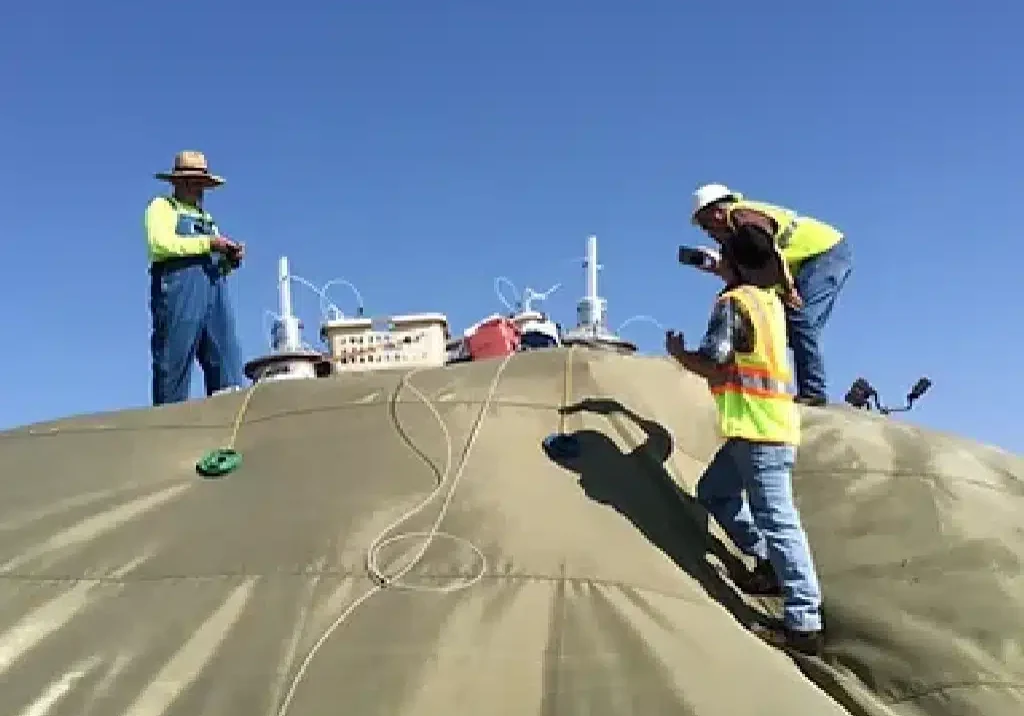
Exceeding Air Quality VOC Emission Regulatory Compliance in California
SG systems consistently meet and exceed California air quality regulations.
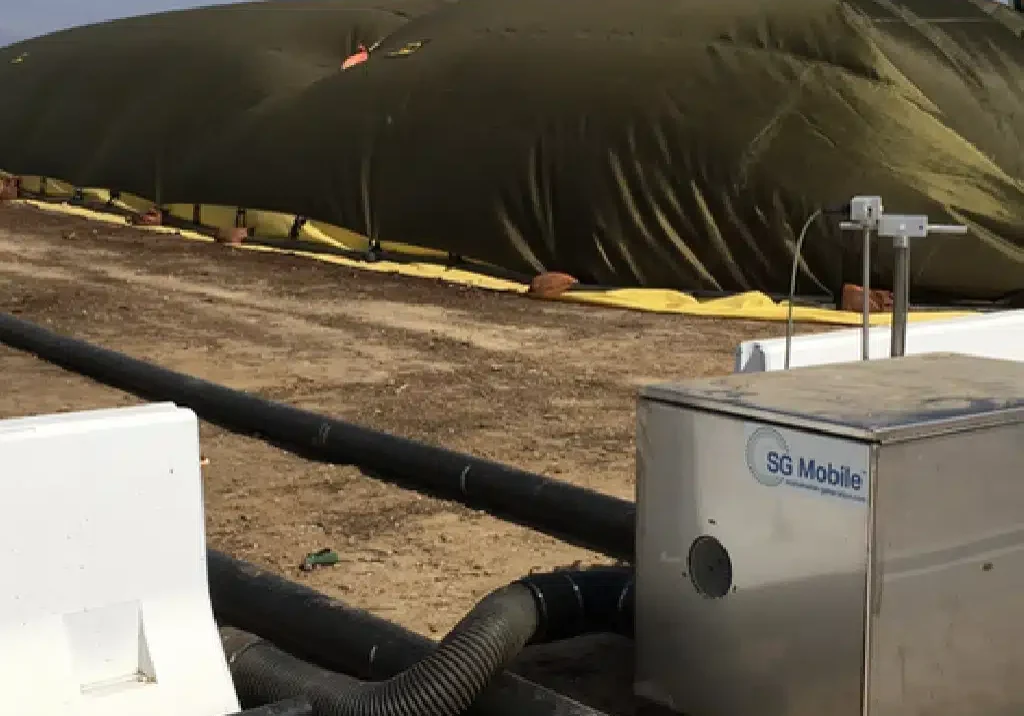
Positive ASP Composting: the Future of Organics
Two of the biggest issues faced by commercial composting operators are emissions (odor and
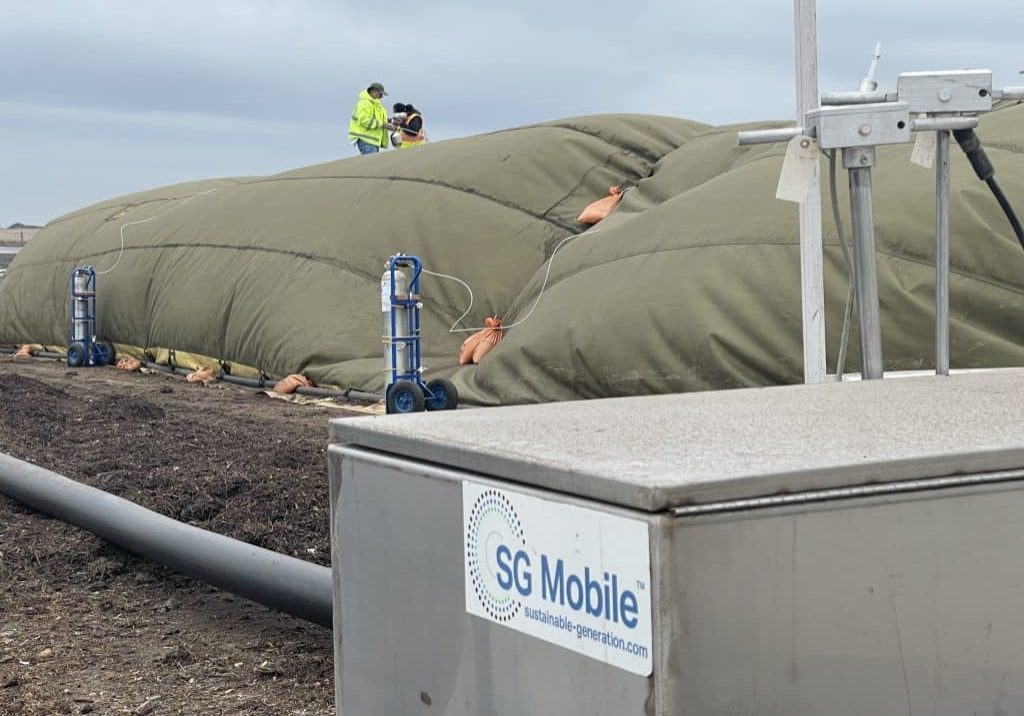
Proven Results: Over 20 Years Reducing Odors and Emissions in California
Sustainable Generation, LLC and the GORE® Cover have a long track record of success.
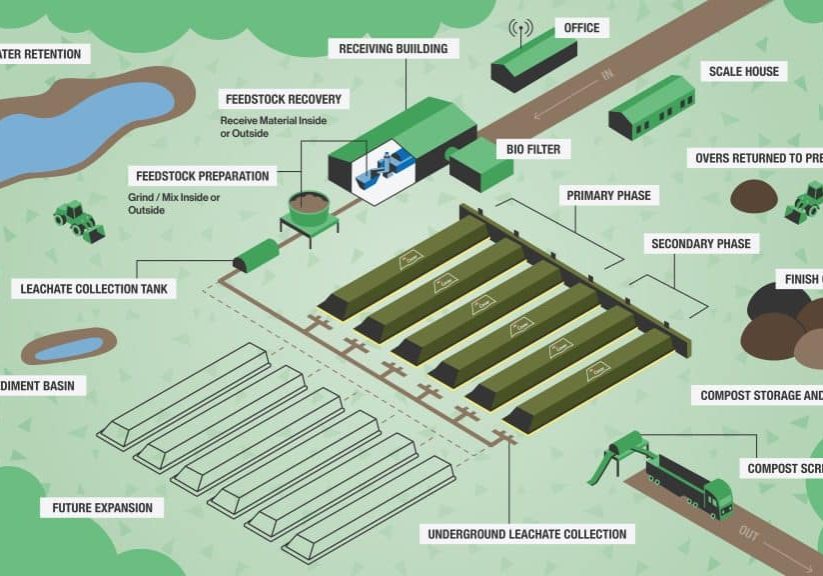
Why Smart Composting Facility Operators Keep Stormwater and Leachate Separate
During heavy storms, composting facilities face increased runoff and leachate.







